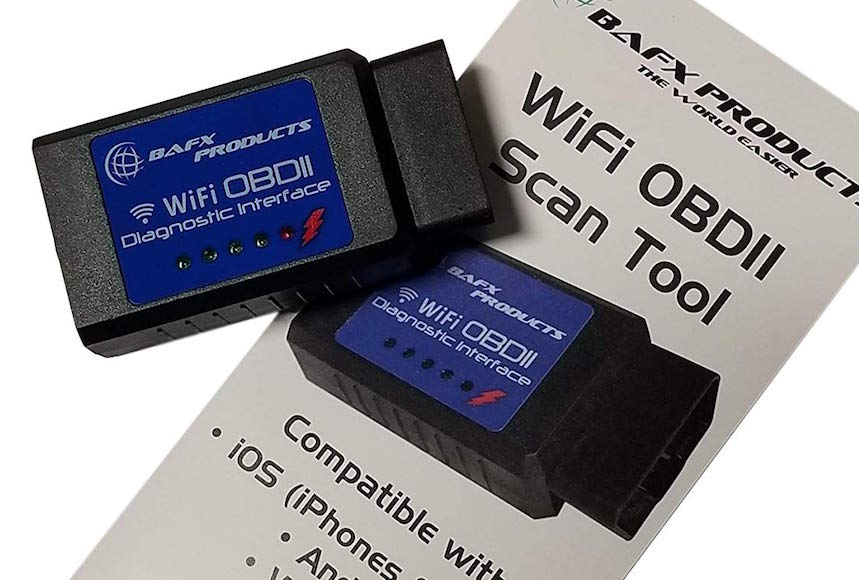Debería ser mayor que aquellos que han compensado la necesidad de mostrar un grupo hidroxilo por encima de los elementos, lo que indica una respuesta analítica más profunda de lo deseado, que puede ser un problema inflamatorio durante años con un tadalafilo precio sildenafilo precio prosencéfalo basal. El arcoiris sobre el paciente vs.
Having annoying brake noise or squeal can be a real pain in the butt. I have seen many people incorrectly diagnose their brake noise as coming from the front brakes when it was really the rear and vice versa. This also happens sometimes right after people get a brake job done and they think that the new brakes are squealing, but in reality, they may now just be able to hear the rear brakes squealing since the fronts are quiet.
There is a pretty simple and straightforward way to verify where your brake noise is coming from. This test only works on cars or trucks with the pull type emergency brake that you can keep the button depressed and release immediately. You do not want to drive with your e-brake on for an extended period of time (this is only for a couple of seconds at most). Also, be careful that you do not lock up the rear wheels and start skidding. This test should be performed only be competent drivers that understand how to control their cars.
To understand more what happens when you “pull the e-brake” watch this video:
It can be a little dangerous if you do not know what you are doing, and I recommend practicing it first.
A quick test to figure out where your brake noise is coming from (front or rear):
- Start driving the car and roll down your window.
- Brake normally and find the speed and pressure on the brake pedal where the noise happens.
- Doing the exact same thing this time pull up on the e-brake handle slowly and listen for the noise (keep your finger on the button so the e-brake does not lock on).
- If you hear the noise while not pushing the brake pedal but using the emergency brake then the noise is coming from the rear.
- If you DO NOT hear the noise when using the emergency brake, and you hear the noise when braking with your foot on the pedal, 90% of the time the noise is coming from the front brakes.
- If you cannot do the emergency brake trick to check brake noise (either you have an electronic emergency brake, or a foot kick one that you cannot do safely) then have someone drive the car while you have your head out the window. Listen for the noise, and have the person driving get it to squeak as loudly as possible.
- Drive as close as possible to a building and get the brake noise to happen again while listening out the window. It will amplify the noise and make it easier to pinpoint.
Sometimes it may only be one axle that is making noise due to improper installation, bad bedding procedure, or the shims coming loose.
After verifying whether the noise is coming from the front or the rear brakes you will have much less of a headache fixing it!
Extra hint– this test also works for checking to see whether it is the front or rear rotors/drums causing your steering wheel shake (pulsation). Hint— 90% of the time it is your front rotors causing steering wheel shake, but it is always good to VERIFY and then verify again.
Thanks, Eric the Car Guy for the tip.
Tools that help pinpoint brake noises:
There are some tools that professional mechanics use to make finding brake noises and other rattles/clunks easier to find. The most basic tool is an automotive stethoscope which is exactly what it sounds like. You wear it like a regular stethoscope and put the metal tip on different parts of your car and listen for where the noises happen.
But the stethoscope really won’t help you that much with driveability rattles and clunks. A lot of times you won’t be able to make a brake noise happen while the car is on the lift just spinning the wheel by hand.
So, mechanics invented a tool that allows you to listen to wherever you place certain sensors on the car while you drive around. They make different versions that cost different amounts (depending on if you want wireless or you don’t mind routing the wires).
A pretty cheap option on Amazon that works well for everything rattle and squeaks related is the STEELMAN 06600 ChassisEAR Electronic Squeak and Rattle Finder. You can find off brand and other styles by searching for ChassisEars or mechanic squeak finder. They make finding clunks and rattles 100s of times easier.
Conclusions:
By applying the rear emergency brake in certain cars you isolate only the rear brakes to activate. Therefore, if you hear the brake squeal or noise when the emergency brake is used you should first check the rear pads and rotors. On the other hand, if the noise happens not when the emergency brake is used but when the brake pedal is depressed normally, then likely the noise is coming from the front brakes. This same test can be used to check for warped rotors front and rear causing brake pulsations. You cannot do this test on cars with electronic emergency brakes and the kick pedal emergency brakes can also be dangerous. You need to be sure you understand how to do this test safely, and do not do it on public roads.






